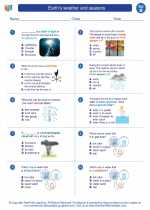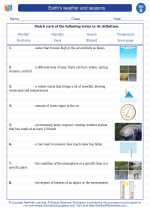Spinal Cord
The spinal cord is a long, thin, tubular bundle of nervous tissue and support cells that extends from the base of the brain to the lower back. It serves as the main pathway for transmitting information between the brain and the rest of the body.
Anatomy of the Spinal Cord
The spinal cord is protected by the vertebral column and is composed of different regions, including the cervical, thoracic, lumbar, sacral, and coccygeal segments. It is made up of nerve cells, called neurons, and glial cells that provide support and insulation for the neurons.
Functions of the Spinal Cord
The spinal cord is responsible for several vital functions, including:
- Transmission of sensory information from the body to the brain
- Transmission of motor commands from the brain to the body
- Coordination of reflexes, such as the withdrawal reflex
Common Disorders and Injuries
Disorders and injuries that affect the spinal cord can have significant impacts on an individual's motor and sensory functions. Some common conditions include:
- Spinal cord injury
- Spinal cord tumors
- Spinal cord compression
Study Guide
To study the spinal cord, consider the following key points:
- Learn the anatomy of the spinal cord, including its different segments and the structures that protect it.
- Understand the functions of the spinal cord, including its role in sensory and motor transmission, as well as reflex coordination.
- Explore common disorders and injuries that can affect the spinal cord and their potential impacts on an individual's health.
◂Science Worksheets and Study Guides Second Grade. Earth's weather and seasons

 Worksheet/Answer key
Worksheet/Answer key
 Worksheet/Answer key
Worksheet/Answer key
 Worksheet/Answer key
Worksheet/Answer key
 Worksheet/Answer key
Worksheet/Answer key
 Vocabulary/Answer key
Vocabulary/Answer key
 Vocabulary/Answer key
Vocabulary/Answer key
